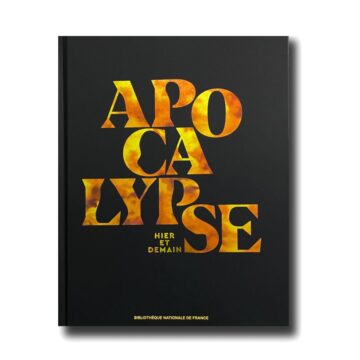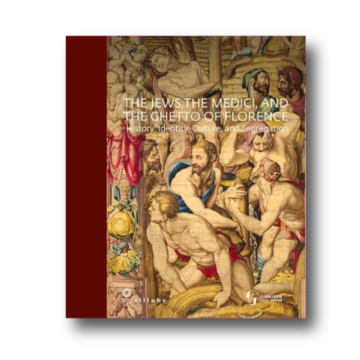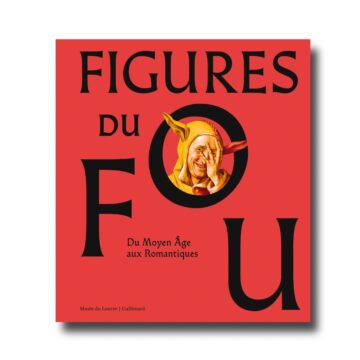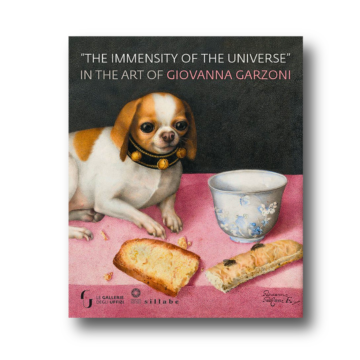Do you believe in the Apocalypse?
Belief in the Apocalypse has existed for centuries, fueled by religious prophecies, historical crises, and modern fears like climate change or AI. Some see it as a literal end of the world, while others view it as a metaphor for great transformation. Throughout history, people have imagined the Apocalypse in vastly different ways, influenced by religion, art, politics, and cultural anxieties.
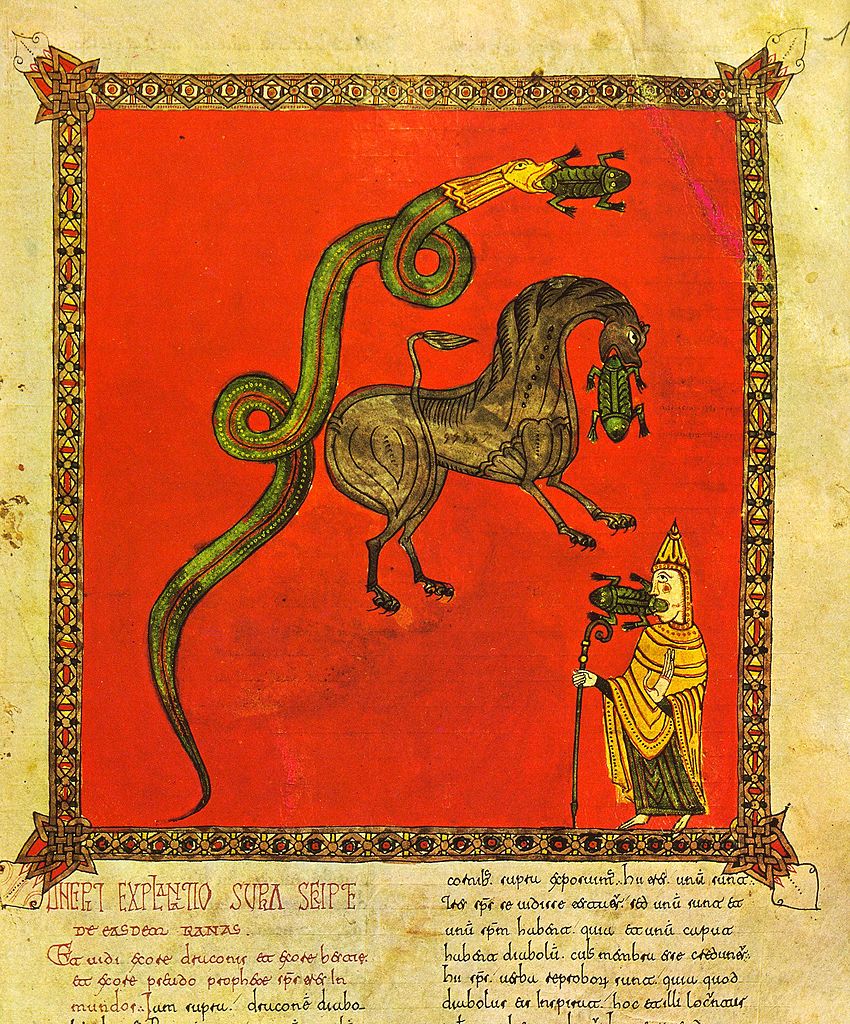
Medieval Europe: The Apocalypse as a Divine Drama
Medieval Christians often envisioned the Apocalypse based on the Book of Revelation, filled with angels, demons, and cosmic battles. Manuscripts from the Middle Ages, such as the Beatus Apocalypse (Spain, 10th century), depicted terrifying beasts, multi-headed dragons, and the Whore of Babylon as symbols of destruction and divine judgment. Albrecht Dürer’s famous woodcuts (1498) illustrated the Four Horsemen of the Apocalypse, embodying conquest, war, famine, and death—an imagery still influential today.
Renaissance & Baroque: Plagues and Judgment Day
During the Black Death (14th century), many saw the plague as a sign of the coming Apocalypse, interpreting death and suffering as divine punishment. Artists like Hieronymus Bosch filled their paintings with grotesque demons and chaotic visions of Hell, warning of the consequences of sin.
19th & 20th Century: Science Fiction and Cosmic Doomsday
The rise of industrialization and technology brought new fears of apocalypse, such as mechanical destruction and dystopian futures. H.G. Wells’ “The War of the Worlds” (1898) imagined an alien invasion as a form of the end of days, shifting the idea of destruction from divine wrath to extraterrestrial forces. In the 20th century, the Cold War nuclear threat created a new apocalyptic fear—mass annihilation by human hands rather than divine intervention.
Modern Pop Culture: Zombies, AI, and Climate Disaster
Today’s apocalyptic visions focus on pandemics, climate change, AI takeover, and zombie outbreaks, reflecting contemporary fears. Movies like Mad Max, The Walking Dead, and The Matrix present post-apocalyptic worlds shaped by war, environmental collapse, and technological dystopia. Some people believe in “technological eschatology”, where artificial intelligence or rogue machines might bring about humanity’s downfall.
The Bibliothèque nationale de France (BnF) is currently hosting an exhibition titled “Apocalypse. Hier et demain” (“Apocalypse. Yesterday and Tomorrow“), running from February 4 to June 8, 2025, at the François-Mitterrand site in Paris. This marks the first major exhibition dedicated to the multifaceted concept of the apocalypse, exploring its evolution from ancient texts to contemporary interpretations.
The term “apocalypse” originates from the Greek word for “revelation” or “unveiling.” While often associated with catastrophic end-of-world scenarios, its original meaning pertains to disclosing hidden knowledge. The exhibition delves into this duality, presenting the apocalypse as a harbinger of doom and a source of profound insight.
Medieval manuscripts of the Book of Revelation, Albrecht Dürer’s engravings, Judgment Day altarpieces, and the works of German Expressionists from the 1920s – how has the Apocalypse influenced visions of the future for more than 1,500 years? How was the Antichrist envisioned? And how do these powerful images continue to shape our imagination today?
Visitors will encounter a curated selection of approximately 300 works, ranging from 8th-century manuscripts to modern artistic expressions. Highlights include illuminated manuscripts, early printed books, engravings, and artworks from the medieval period to contemporary times. These pieces not only depict the dramatic imagery associated with the end times but also reflect societal fears, hopes, and the enduring human fascination with the unknown.
Exhibition calendar
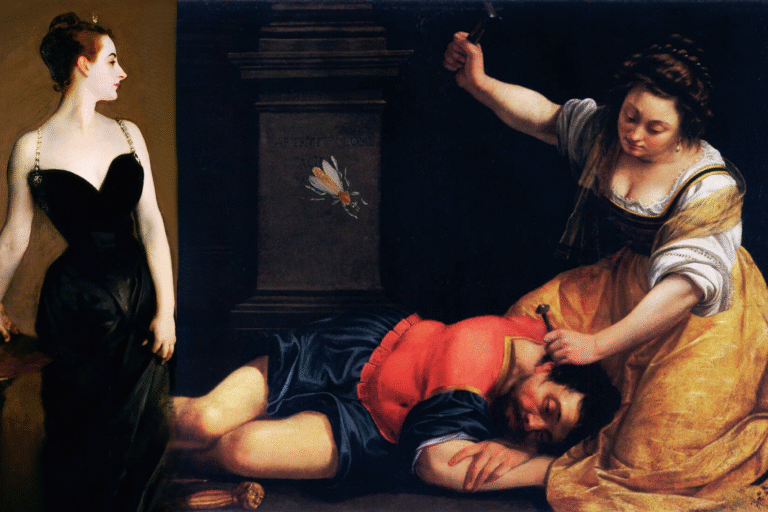
11 May 2025
Between Silk, Steel, and Stingers: Art Exhibitions Not to Miss in May 2025
May has always been a month of thresholds – not quite summer, not quite…
Art news
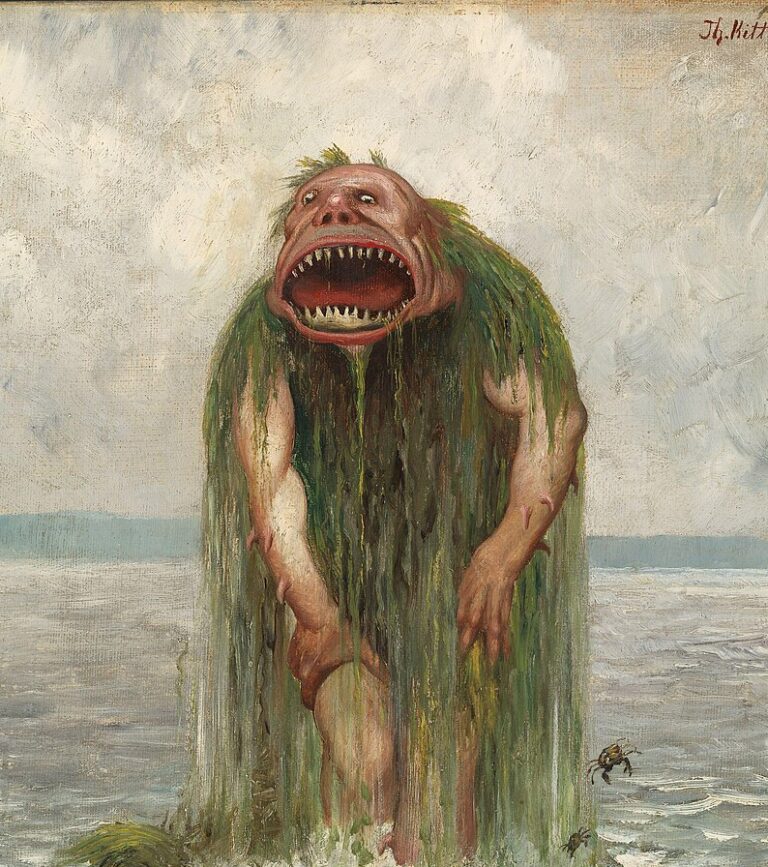
30 Apr 2025
Trolls, Death, and Tender Monsters: The Magical World of Theodor Kittelsen
Have you ever smiled at a sea monster or felt sorry for an old…

